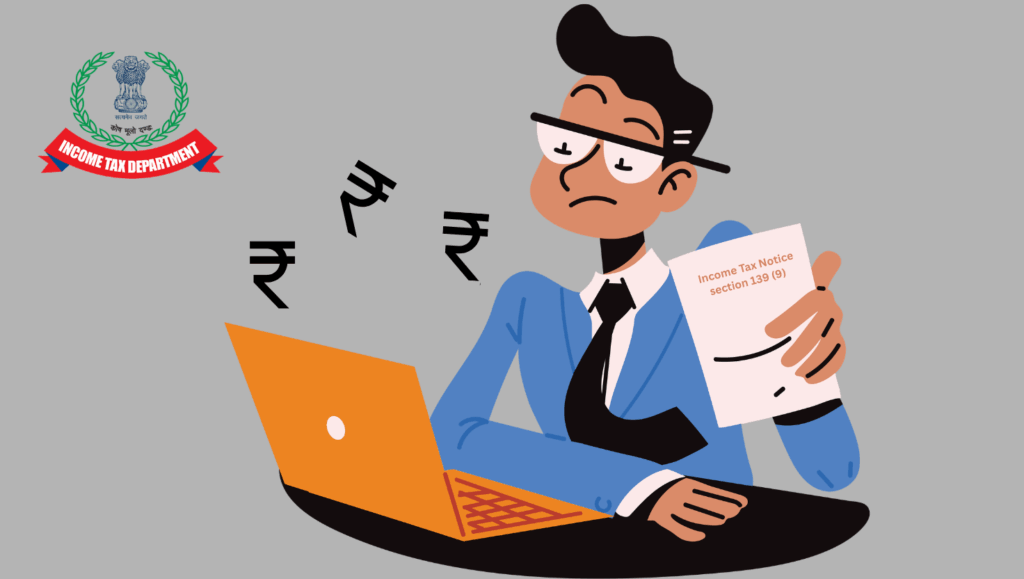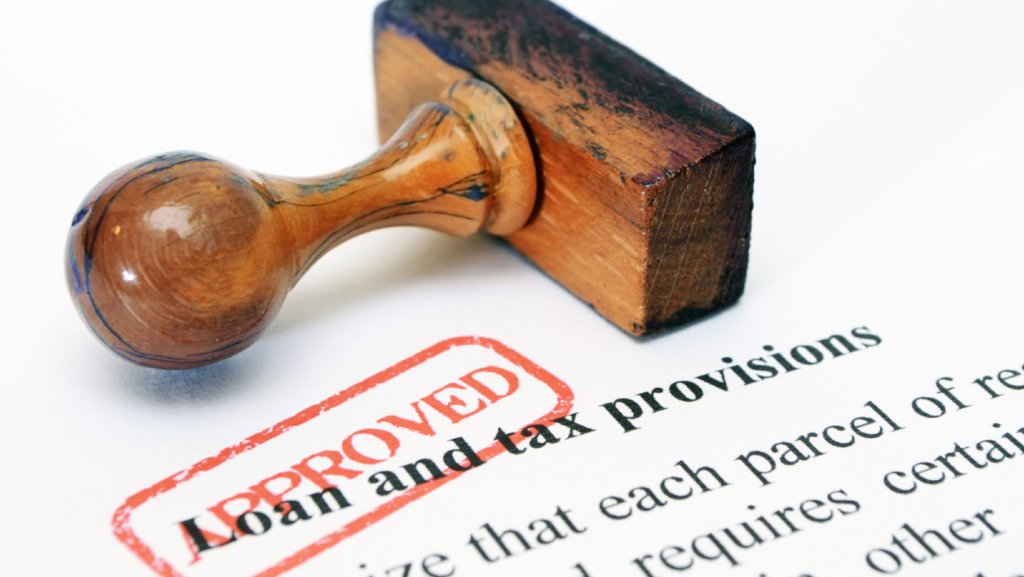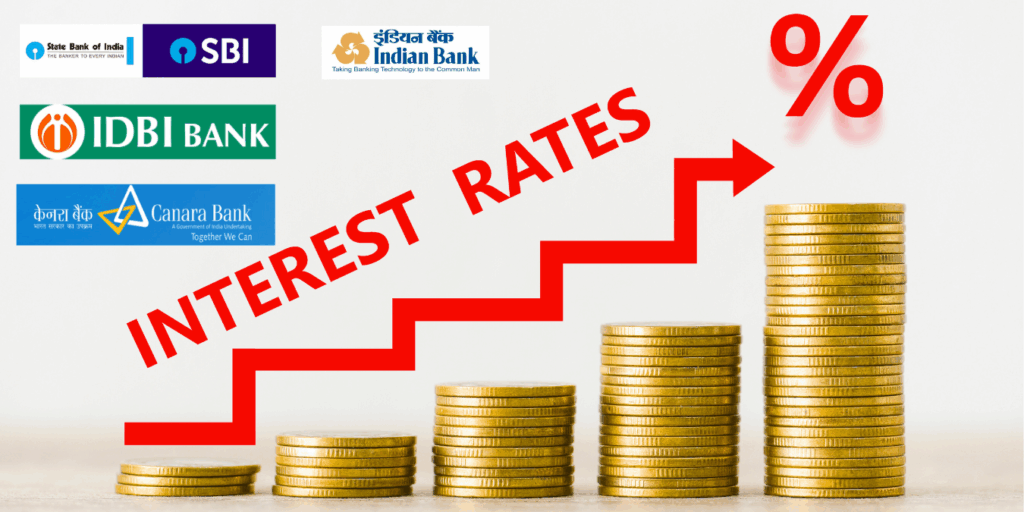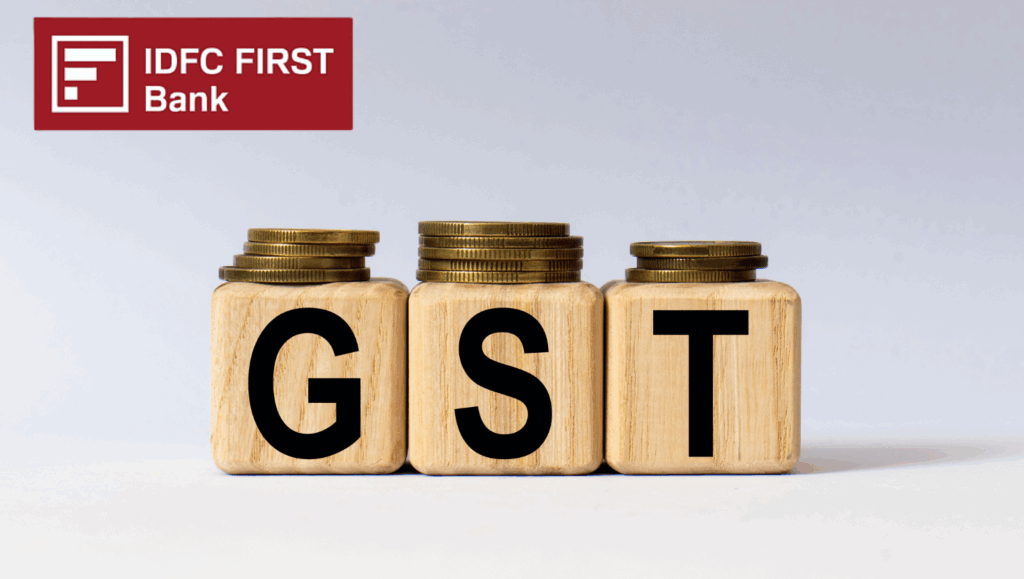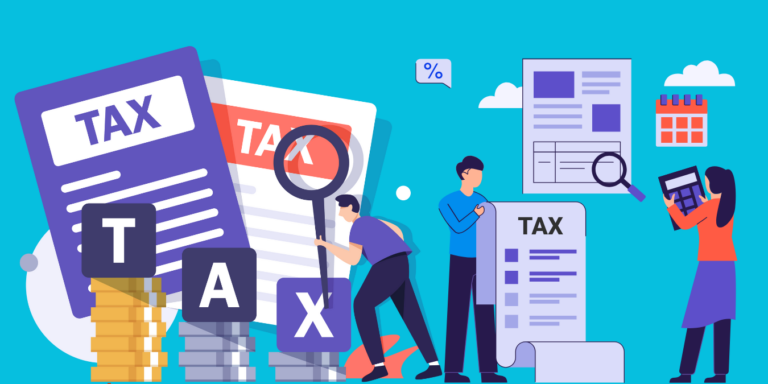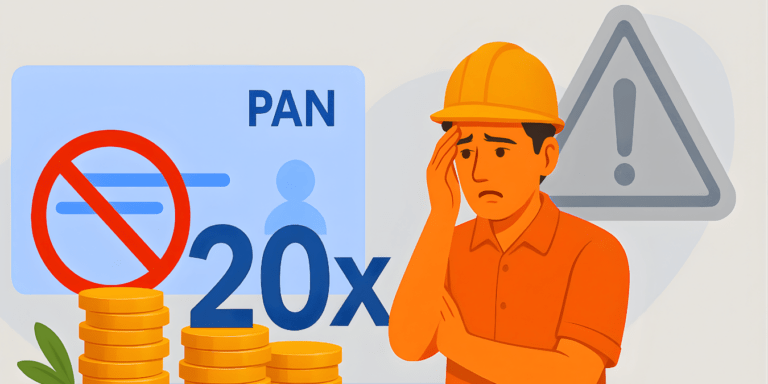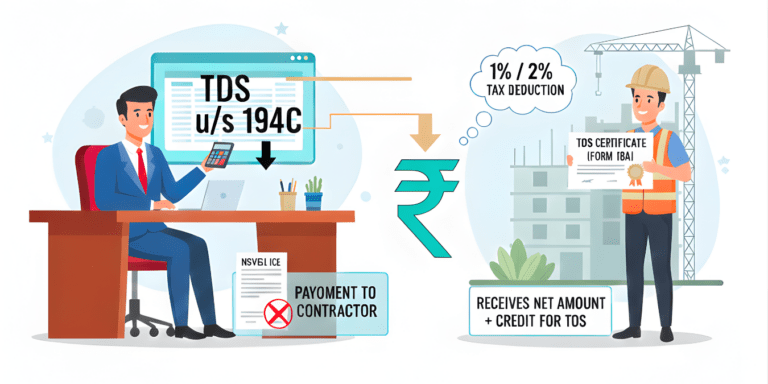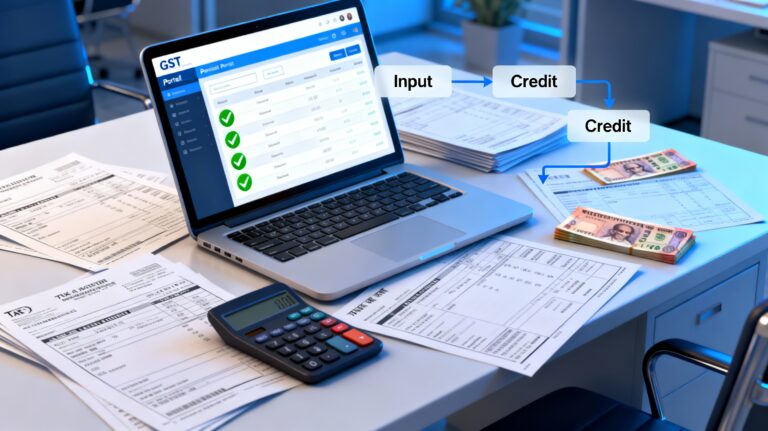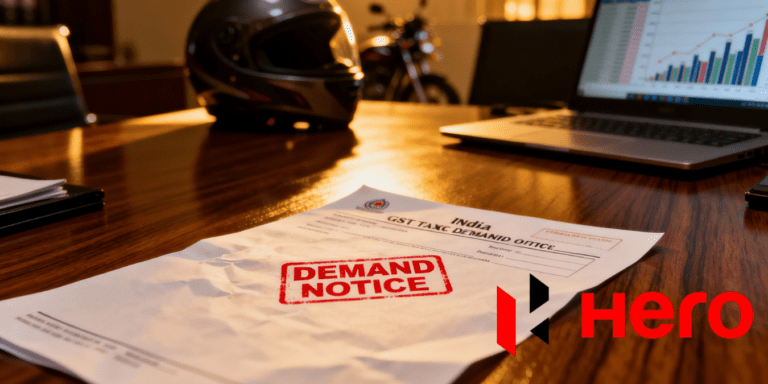
2025 ITR Deadline Missed? 6 Ways Indian Taxpayers Get Late ITR Filing Fee Waivers Easily
Did you miss the 2025 ITR deadline? Don’t panic! Hidden income tax exemptions can save you from hefty late filing fees—up to ₹5,000! From low-income waivers to surprising e-verification hacks, our guide reveals secrets the taxman won’t tell you. Will your income qualify? Can you file penalty-free after September 15? Uncover Finance Act 2025’s game-changing rules and avoid costly mistakes.
Filing income tax returns (ITR) on time is crucial for every taxpayer in India, but sometimes, delays happen. The income tax rules for 2025 provide specific conditions under which late filing fees may be exempted even after the due date. Understanding these conditions can save taxpayers from unnecessary penalties and help them plan their filing better. With the financial year 2024-25 and assessment year 2025-26 underway, this detailed guide unpacks everything Indian taxpayers need to know about late filing fee exemptions as per the latest Income Tax Act provisions and Finance Act 2025 updates.
What Is the Late Filing Fee and When Does It Apply?
The late filing fee is a penalty designed to promote timely ITR submission in India. Governed by Section 234F of the Income Tax Act, it kicks in when you miss the due date for furnishing your return. For Financial Year (FY) 2024-25, corresponding to Assessment Year (AY) 2025-26, the government extended the deadline to September 15, 2025, due to technical glitches in the e-filing portal and taxpayer feedback.
This extension, announced via CBDT notifications in August 2025, reflects the department’s responsiveness to common challenges faced by Indians, such as monsoon-related disruptions or festival season overloads. However, filing after this date still triggers the fee unless specific exemptions apply. The penalty encourages discipline but isn’t absolute, with built-in flexibilities for low-income earners.
Late Fee Structure under Section 234F for FY 2024-25
Understanding the fee tiers is key to assessing your risk. Here’s a breakdown based on the latest 2025 provisions:
- Income up to ₹5 lakh: The late fee is capped at ₹1,000, making it manageable for middle-class families.
- Income above ₹5 lakh: A higher cap of ₹5,000 applies, targeting higher earners to ensure promptness.
- Filing after December 31, 2025: While the base fee doesn’t escalate to ₹10,000 as rumored in pre-2025 discussions, you enter the “updated return” territory under Section 139(8A), which imposes additional taxes of 25% on any dues if filed by December 31, 2026, or 50% thereafter.
- Income below basic exemption limit: No late fee is charged, even for belated filings, as confirmed in recent CBDT clarifications.
These structures remain unchanged from Budget 2025, emphasizing fairness. For instance, a Bengaluru techie earning ₹4 lakh might pay only ₹1,000 if filing in November, while a Mumbai executive at ₹10 lakh faces ₹5,000.
With rising economic pressures and evolving tax laws, Indian taxpayers face urgent questions about income tax compliance—especially regarding late filing fees and exemptions. Understanding the “income tax condition where late filing fees are exempted after due date in 2025” is crucial to avoid hefty penalties and stay financially secure. Recent updates around Section 234F highlight important thresholds and specific conditions that provide relief to low- and moderate-income earners, reducing financial strain amid climbing costs. This guide dives deep into late filing fee exemptions, new government rules, and actionable steps to maximize tax benefits without incurring penalties. By mastering these income tax return (ITR) filing nuances, taxpayers can secure peace of mind and optimize their finances. Stay ahead in 2025 with expert insights, fresh data, and must-know tax tips designed for Indian taxpayers navigating complex regulations. Pinpoint the exemptions, avoid costly mistakes, and take control of your tax filing journey today to save money and stress.
Key Income Tax Conditions Where Late Filing Fee Is Exempted in 2025
India’s tax system balances strictness with empathy, offering exemptions that cater to diverse socioeconomic realities. These conditions, rooted in Section 234F and amplified by Finance Act 2025 amendments, prevent undue hardship. Let’s delve into each, with practical Indian examples.
1. Income Below the Basic Exemption Limit
If your total gross income falls below the basic exemption threshold, you’re fully exempt from late filing fees. Under the old tax regime, this limit is ₹2.5 lakh for individuals under 60, ₹3 lakh for seniors (60-80), and ₹5 lakh for super-seniors (over 80). The new regime, popular among young professionals, sets it at ₹3 lakh for all.
This exemption acknowledges that low earners, like rural farmers in Uttar Pradesh or gig workers in Kolkata, shouldn’t face penalties for voluntary filings. No tax liability means no compulsion to file, but if you do so late—for claiming refunds or carry-forward losses—no fee applies. Budget 2025 reinforced this by indexing limits to inflation, ensuring broader coverage.
2. Filing Before the Extended Belated Deadline with Income Below ₹5 Lakh
For incomes up to ₹5 lakh, filing after September 15 but before December 31, 2025, limits the fee to ₹1,000. This isn’t a full exemption but a nominal charge, often waived in practice if no tax is due. It’s ideal for small business owners in tier-2 cities like Pune, who might delay due to accounting delays.
Finance Act 2025 introduced minor tweaks, allowing digital proofs for income verification to speed up processing. This cap prevents escalation, promoting inclusivity in a country where 60% of taxpayers earn below this bracket, per 2025 ITR data.
3. Timely E-Verification Within 30 Days of Uploading the Return
E-verification is the linchpin of ITR validity in India’s digital tax ecosystem. If you upload your return by September 15, 2025, but verify it post-deadline—within 30 days—no late fee applies. This rule, unchanged in 2025, treats the verification date as the effective filing date if within the window.
Imagine a Chennai homemaker uploading on September 14 but verifying on September 20 via Aadhaar OTP; her return is deemed timely. CBDT’s 2025 portal upgrades, including biometric options, make this easier, reducing invalid returns by 15% year-over-year.
4. Voluntary Returns Filed Without Any Tax Due
Voluntary belated filings with zero tax liability often escape fees entirely. If you’ve prepaid taxes via TDS or advance tax, and no balance remains, Section 234F penalties are typically not levied. This benefits retirees in Kerala relying on pension TDS, who file late for formality.
Budget 2025 clarified this via circulars, stating that “no demand” scenarios waive fees to encourage compliance. It’s a nod to honest taxpayers, preventing over-penalization in a system handling 8 crore+ returns annually.
5. Special Relaxations for TDS/TCS Filings Under Section 234E
While separate from ITR, delays in TDS/TCS statements attract ₹200 daily fees under Section 234E. However, Finance Act 2025 exempted government entities and minor delays (up to 15 days) from penalties, aiding public sector units. For private deductors, prompt corrections within the quarter avoid charges.
This update, effective AY 2025-26, reduces litigation, as seen in a 20% drop in TDS disputes per recent Taxpayer Charter reports.
6. Additional Exemptions in Exceptional Circumstances
Beyond standard rules, CBDT can waive fees for hardships like natural disasters or health issues, via Section 119 applications. In 2025, post-monsoon floods in Maharashtra led to regional extensions, exempting affected taxpayers. This discretionary power underscores India’s taxpayer-friendly approach.
How Late Filing Fees Are Calculated and Waived in 2025
Calculation is straightforward but nuanced. The fee is flat, not time-proportional, applied at filing. For example:
- Case 1: Low-Income Waiver – Mrs. Patel from Gujarat earns ₹2.4 lakh and files on October 10, 2025. Fee: ₹0 (below exemption limit).
- Case 2: Capped Fee – Mr. Singh in Punjab, income ₹4.8 lakh, files November 20. Fee: ₹1,000.
- Case 3: Higher Bracket – Ms. Reddy in Hyderabad, ₹6.5 lakh, files December 15. Fee: ₹5,000.
Waivers activate automatically for qualifying conditions, but appeals via e-portal can contest erroneous levies. Interest under Section 234A (1% monthly on unpaid tax) compounds issues, so pay dues first. In 2025, AI-driven assessments by the IT department flag waivers faster, improving efficiency.
Recent Changes in Finance Act 2025 Impacting Late Fees
Budget 2025, presented in February, maintained Section 234F core but enhanced digital leniencies. Key updates:
- Elimination of penalties under Section 271H for TDS delays from AY 2025-26, if statements are filed before return due dates.
- Expanded basic exemptions in new regime to ₹3 lakh, indirectly broadening fee waivers.
- Integration of Vivad se Vishwas 2.0 for settling old penalty disputes.
These reflect Modi's vision for a faceless, seamless tax system, reducing compliance burden amid India's 7% GDP growth in 2025.
Common Mistakes to Avoid in Late Filing and Fee Exemption
Navigating exemptions requires vigilance. Here are pitfalls Indian taxpayers often encounter:
- Overlooking E-Verification: Uploading isn't enough; unverified returns lapse after 30 days, triggering full penalties. Always use OTP or net banking.
- Misjudging Income Thresholds: Assuming no fee for incomes just above ₹2.5 lakh ignores the ₹1,000 cap—calculate gross income accurately.
- Delaying Beyond December 31: Belated filings post this date lose carry-forward benefits and attract 234A interest.
- Ignoring Regime Choice: Switching to new regime mid-year? It affects exemption limits; consult via e-Proceedings portal.
- Forgetting TDS Credits: Unclaimed credits lead to perceived dues, inviting fees—use Form 26AS for verification.
Avoiding these saves thousands, as evidenced by 2025's 10% rise in timely filings per CBDT stats.
Pro Tips for Indian Taxpayers to Avoid Late Filing Penalties
Stay ahead with these expert strategies tailored to India's dynamic tax landscape:
- Plan Early with Calendars: Mark September 15 on your phone; factor in festivals like Ganesh Chaturthi that disrupt routines.
- Gather Documents Proactively: Collect Form 16, AIS reports, and investment proofs by June—use apps like ClearTax for organization.
- Leverage E-Filing Tools: The IT portal's 2025 AI chatbots guide filings; opt for pre-filled returns to cut errors by 40%.
- Monitor Tax Regime Benefits: Choose old regime for deductions if home loan-heavy; new for simplicity—simulate via calculators.
- Seek Professional Help: For complex cases, like NRI remittances, hire CAs; platforms like TaxSpanner offer affordable virtual consults.
- Track Refunds and Notices: Post-filing, check status weekly; respond to intimations within 15 days to avoid escalations.
Implementing these can turn tax season from stress to strategy, especially for urban millennials.
Impact of New vs. Old Tax Regime on Fee Exemptions
The regime choice influences exemptions indirectly. New regime (default from AY 2024-25) offers ₹3 lakh exemption but forfeits deductions like HRA—potentially pushing income above thresholds. Old regime retains ₹2.5 lakh base but allows ₹1.5 lakh under 80C.
In 2025, 70% opted for new per data, valuing simplicity. If late filing, ensure regime selection in ITR to maximize waivers. Switching post-deadline? It's locked, so plan wisely.
What Happens If No Late Filing Fee Is Paid?
Ignoring fees doesn't halt processing, but consequences mount. Your return is accepted, but:
- Interest Accrual: 234A interest at 1% per month on any tax dues.
- Lost Benefits: No carry-forward of losses, regime switch, or certain refunds.
- Scrutiny Risks: Triggers notices or audits; prolonged non-compliance invites prosecution under Section 276CC.
In 2025, digital tracking makes evasion tough—better to pay and appeal if exempt.
Key Takeaways on Late Filing Fee Exemptions in 2025
- Taxpayers with total income under the basic exemption limit (₹2.5-3 lakh depending on regime) are exempt from late filing fees under Section 234F.
- For incomes up to ₹5 lakh, fees are capped at ₹1,000 if filed by December 31, 2025.
- Incomes above ₹5 lakh face a ₹5,000 maximum fee for belated returns before December 31.
- E-verification within 30 days of upload ensures timely status, avoiding penalties.
- Voluntary filings with no tax due often qualify for full waivers.
- Post-December 31 filings incur additional updated return taxes (25-50%).
- Exceptional waivers available for hardships via CBDT applications.
- TDS/TCS delays see relaxed penalties per Finance Act 2025.
Final Thought: Take Control of Your 2025 Income Tax Filing Today
Mastering income tax conditions for late filing fee exemptions empowers Indian taxpayers to sidestep pitfalls and secure financial peace. With AY 2025-26 rules favouring flexibility, from income-based waivers to digital verifications, there's no excuse for penalties amid life's unpredictability’s. Embrace these insights to file smartly, whether you're a startup founder in Bangalore or a teacher in Rajasthan.
Act now: Log into the e-filing portal, review your documents, and submit before delays compound. If complexities arise, book a session with a local CA or use free helplines. Your proactive step today ensures smoother tomorrows—file on time, save big, and contribute to India's growing economy.
Disclaimer: The use of any third-party business logos in this content is for informational purposes only and does not imply endorsement or affiliation. All logos are the property of their respective owners, and their use complies with fair use guidelines. For official information, refer to the respective company’s website.







